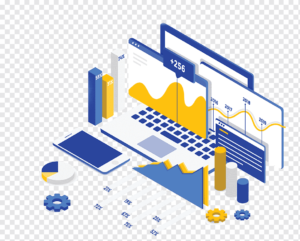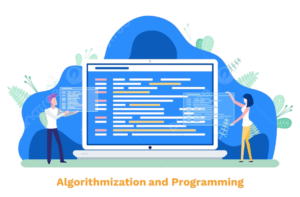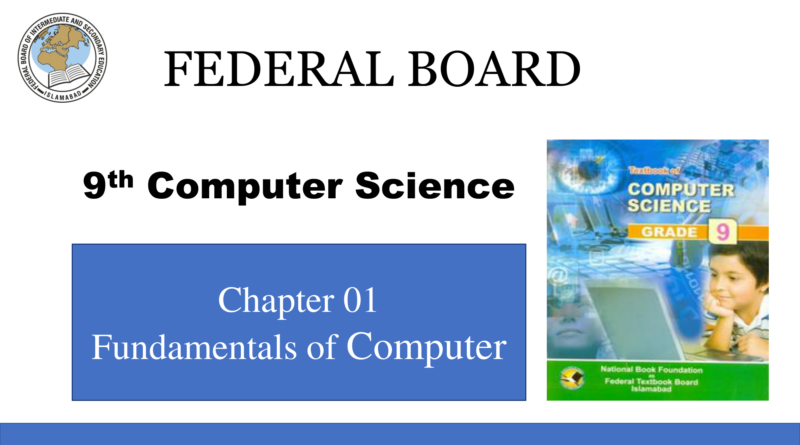9th Computer Science Chapter 1 Fundamentals of Computer
Understanding the Basics of Computing
In 9th Computer Science Chapter 1 Fundamentals of Computer chapter, students embark on a journey to comprehend the fundamental principles and components that underpin the world of computing. From the historical origins to modern-day applications, learners delve into the essence of computation, gaining insights into the architecture, functionalities, and significance of computers in today’s society.

Key Topics Covered:
9th Computer Science Chapter 1 Fundamentals of Computer has detailed below
-
Introduction to Computers:
- Definition and evolution of computers.
- Historical milestones shaping the development of computing.
- Classification of computers based on size, functionality, and usage.
-
Components of a Computer System:
- Hardware components: Central Processing Unit (CPU), memory, input/output devices.
- Software components: System software, application software, programming languages.
- Understanding the interaction between hardware and software.
-
Data Representation:
- Basics of binary system: Binary digits (bits), bytes, and their significance.
- Conversion between binary, decimal, and hexadecimal number systems.
- Representation of text, numbers, images, and multimedia in digital form.
-

knowing data representation
-
Algorithms and Programming:
- Introduction to algorithms: Definition, characteristics, and importance.
- Basics of programming: Syntax, semantics, and structure.
- Understanding the role of algorithms and programming in solving computational problems.
-

Algorithms and Programming
-
Operating Systems:
- Definition and functions of an operating system (OS).
- Types of operating systems: Batch, multiprogramming, time-sharing, real-time, and distributed.
- Familiarity with popular operating systems such as Windows, macOS, Linux, and mobile OS.
-
Computer Networks:
- Basics of networking: Definition, components, and types of networks.
- Internet and its significance in global connectivity.
- Introduction to network protocols, data transmission, and security.
Learning Objectives:
learning objectives of 9th Computer Science Chapter 1 Fundamentals of Computer
- Gain a comprehensive understanding of the historical development and classification of computers.
- Identify and explain the hardware and software components comprising a computer system.
- Demonstrate proficiency in data representation techniques, including binary, decimal, and hexadecimal systems.
- Develop algorithmic thinking skills and understand the basics of programming concepts.
- Recognize the functions and types of operating systems, along with their role in managing computer resources.
- Comprehend the basics of computer networking and its impact on communication and information exchange.
This 9th Computer Science Chapter 1 Fundamentals of Computer serves as a solid foundation for further exploration into the diverse and dynamic field of computer science,

